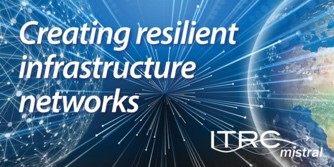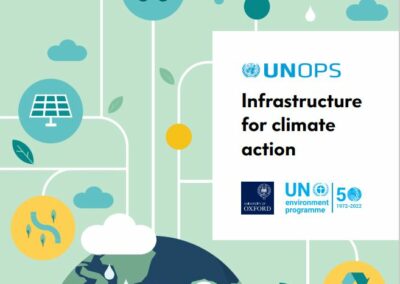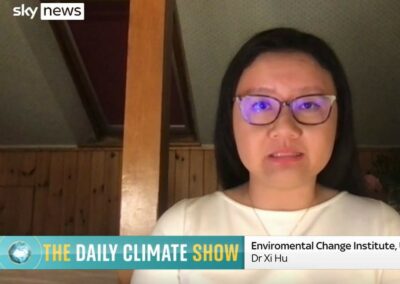Fruitful ITRC/UNOPS infrastructure collaboration helps steer the world’s societies towards a resilient, sustainable future.
The international importance of ITRC and UNOPS’s collaboration – using NISMOD modelling to help countries outside Britain develop resilient and sustainable infrastructure was demonstrated at a well-attended webinar on 12 October. Chaired by Jim Hall, Director of ITRC, Dr Scott Thacker and Steve Crosskey from UNOPS, Fabian Felix of the St Lucia government and Lena Fuldauer and Dan Adshead from University of Oxford, proudly showcased projects which underpin the UN’s Sustainable Development Goals using ITRC modelling.
UNOPS (United Nations Office for Project Services) helps the UN and its partners provide peace and security, humanitarian and development solutions – helping people build better lives. The exciting partnership with ITRC began six years ago, with UNOPS moving forward from their traditional, post-conflict assistance role to take a more transformative, strategic approach to infrastructure development. With their unique data and research resources and pioneering NISMOD modelling, ITRC were the obvious partners to help realise this vision.
Already, UNOPS and ITRC have conducted a joint study in the occupied Palestinian territories, as well as small-island, developing states like Curacao and St Lucia. Currently work is taking place on several projects in Ghana. This webinar focused on St Lucia.
Dr Scott Thacker described how the team have ‘distilled’ NISMOD for these overseas projects, making it accessible and usable for other contexts. He also spoke of the primary focus of UNOPS/ITRC’s work – ‘Developing pathways towards sustainable goals’: i.e., the need to understand and transform infrastructure in order to advance towards Sustainable Development Goals (SDGs) and Paris Agreement commitments. He noted infrastructure’s profound impact on SDGs – it must be taken into account for 92% of targets across economic, social and environmental aims, both in terms of mitigation (infrastructure is responsible for 87% of the world’s greenhouse gas emissions) and adaptation (infrastructure makes up 81% of all expected adaptation costs). And with tens of trillions of US dollars’ worth of infrastructure forecast to be built worldwide in the coming decades, he stressed the huge importance of this investment being well spent and building better futures for the world’s population, and its natural resources.
Using NISMOD, the team in St Lucia inputted information on current infrastructure, then looked towards future demographic, economy and climate predictions. It was a systematic assessment process that allowed for long-term planning (up to 2050), using cross-sectoral, long-term infrastructure strategy, providing a road map for the St Lucia government to meet their SDG and Paris Agreement commitments and to protect and sustain the island and its people.
Fabian Felix, a St Lucia government official, introduced the audience to the island’s challenges and blessings – only 238 square miles with a small population of 180,000 people, the island is highly vulnerable to the effects of climate change and heavily reliant on the tourist sector, which makes up 63% of GDP. Before now, St Lucia focused on the implementation of infrastructure, rather than on long-term, integrated planning. But the NISMOD model has provided a way to assess what they have and aim for where they need to be. Key to this is the transformation of a historic lack of investment in renewable energy to using the island’s natural, volcanic geology to provide geothermal energy, in doing so meeting sustainability targets. Developing and conserving fresh water and its sources is another key goal, with shortages a regular part of island life. Following the very positive engagement with UNOPS/ITRC, Fabian looks forward to a continuing partnership, taking projects forward and meeting SDGs.
As Jim Hall summed up: ‘This international dimension has become one of the most exciting and impactful aspects of ITRC’s work. So much infrastructure development is going to be taking place in the world and tools like NISMOD provide the opportunity to nudge it towards a more sustainable direction.’
Watch the webinar on catch-up, below:


